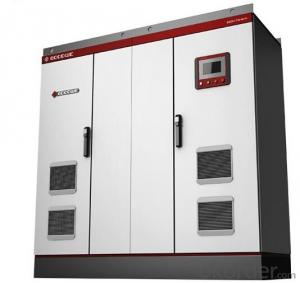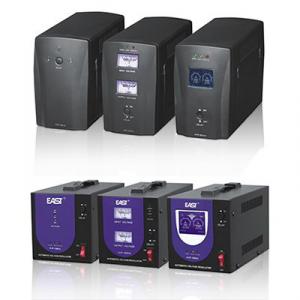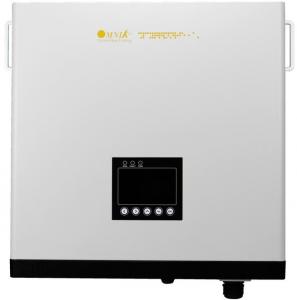Ampinvt Solar Inverter
Ampinvt Solar Inverter Related Searches
Invt Solar Inverter Mppt Solar Inverter Invt Solar Pump Inverter Mppt Solar Power Inverter Mppt Inverter Solar Aims Solar Inverter Vivint Solar Inverter Microtek Mppt Solar Inverter Mppt Solar Pump Inverter Powmr Solar Inverter Chint Solar Inverter Amaron Solar Inverter Apollo Mppt Solar Inverter China Mppt Solar Inverter Mastervolt Solar Inverter Mppt Solar Hybrid Inverter Power Inverter Solar Kit Chint Power Solar Inverter Mppt Hybrid Solar Inverter Empower Solar Inverter Abb Solar Power Inverter Abb Solar Inverter Ac Inverter Solar Mppt Solar Inverter Charger Mppt Solar Inverter 48v Lvrt Solar Inverter Axpert Solar Inverter Mppt Solar Inverter 24v Solar Inverter Kit 12v Mppt Solar InverterAmpinvt Solar Inverter Supplier & Manufacturer from China
Ampinvt Solar Inverter is a range of high-quality solar power conversion products that are designed to efficiently convert solar energy into usable electrical power. These inverters are engineered with advanced technology to ensure optimal performance and reliability, making them suitable for various applications such as residential, commercial, and industrial solar power systems.The Ampinvt Solar Inverter is widely used in different scenarios where solar energy is harnessed to power homes, businesses, and even large-scale power generation projects. They are particularly beneficial in areas with abundant sunlight, where they can significantly reduce electricity costs and contribute to a cleaner environment. These inverters are known for their durability and efficiency, ensuring a smooth and uninterrupted flow of power from solar panels to the grid or local electrical systems.
Okorder.com is a reputable wholesale supplier of Ampinvt Solar Inverter, boasting a vast inventory that caters to the needs of various customers. With a commitment to providing top-notch products at competitive prices, Okorder.com ensures that customers have access to reliable and efficient solar inverters to power their renewable energy projects. Their extensive stock and customer-centric approach make them a preferred choice for those seeking to invest in sustainable energy solutions.
Hot Products
















































